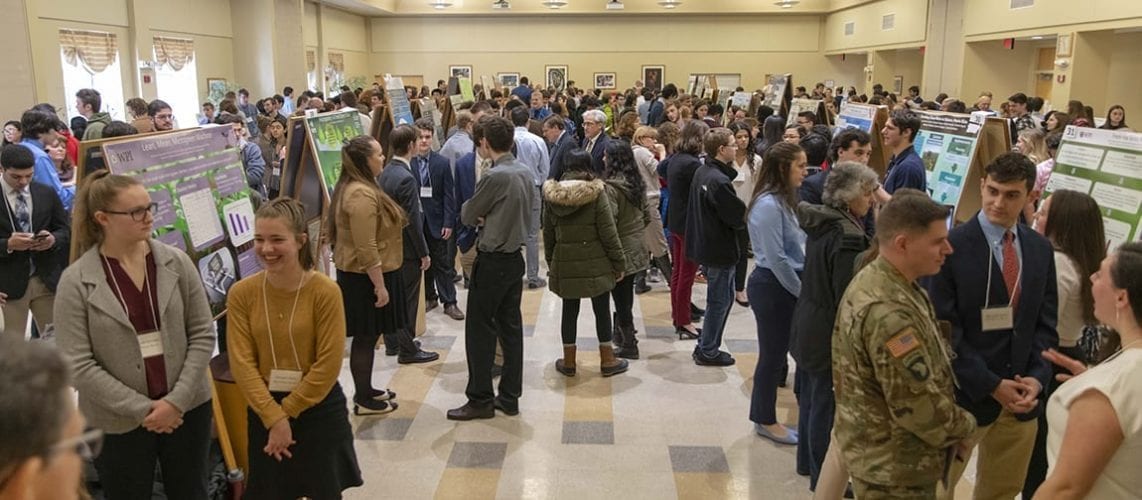As real-world projects rarely fit neatly within disciplinary boundaries, this chapter delves into the challenges and benefits of project-based courses that transcend a single discipline.
By crossing these traditional disciplinary boundaries, students learn to see problems through a variety of disciplinary lenses, while never losing sight of the human context of the problem.
Example of Transdisciplinary Student Project: Student-Designed Shelter Assignment
With rising slum populations and increasing natural disasters, homes damaged by earthquakes and overflowing refugee camps, in the Shelter the World course students address the growing demands for safe living spaces.
Learn MoreStudents are asked to draw on knowledge from different disciplines, using whatever resources are most appropriate for the problem, to create culturally appropriate and accessible designs using local materials. For these projects, students used Sketchup Pro to design a shelter-model that is affordable, safe, and appropriate for a selected population.
Example of Transdisciplinary Student Project: Mekong Market Project
Check out a student eportfolio about a project involving a local Asian grocery store from a Great Problems Seminar about food that combines chemistry, social justice, social sciences, and more.
Learn More
In the first-year course “Food Sustainability,” students draw on the disciplinary lenses and approaches of chemistry and human geography to tackle another one of humankind’s greatest challenges: How can we, and how should we feed over 7 billion people?
In this assignment, students shop in teams for one week’s-worth of food for a family of four, assuming the family’s cupboards and refrigerator are totally empty. Their goal is to at least meet the caloric needs of the family (adults and children), and to work towards meeting each member’s nutritional needs. They utilize different aspects from chemistry and human geography to learn about nutrition, macro and micro nutrients, food justice, food deserts, and food cultures.
For this project, students use Digication to create an eportfolio (example below) that documents and analyzes: 1) their trip to the store that their family can shop at based on location and ability to travel, varying from a convenience store to a Vietnamese market; 2) their experience shopping for their family and how challenging it was to meet their caloric and nutritional needs; and 3) evidence and reflections on food injustice.
